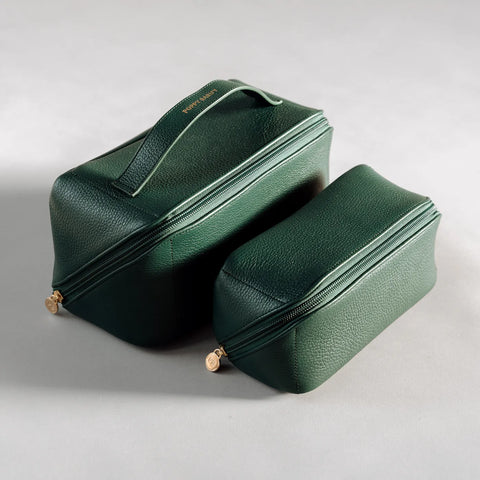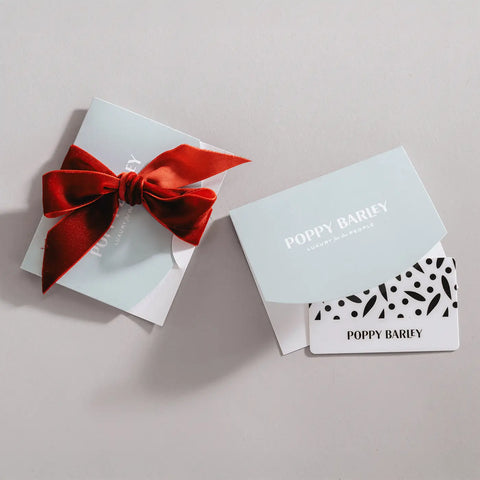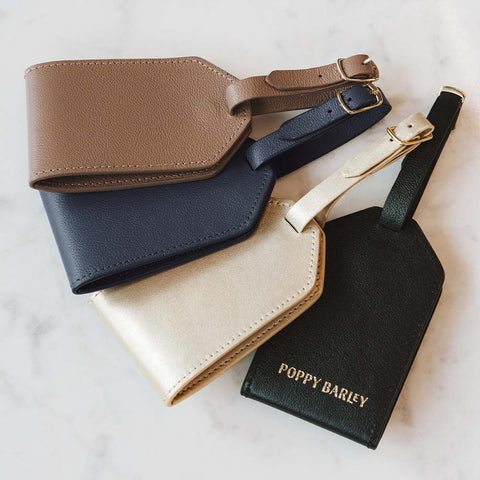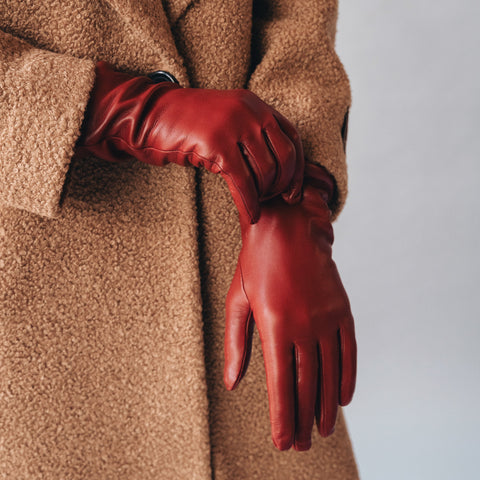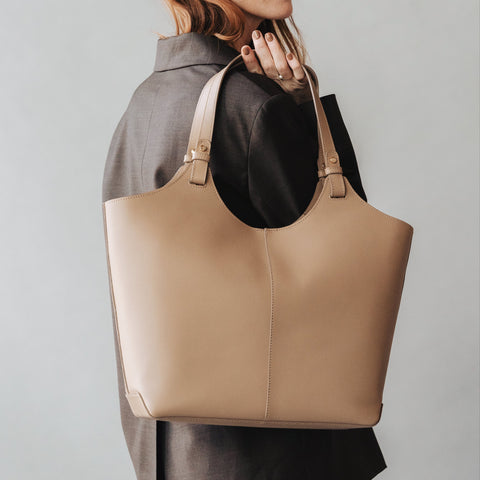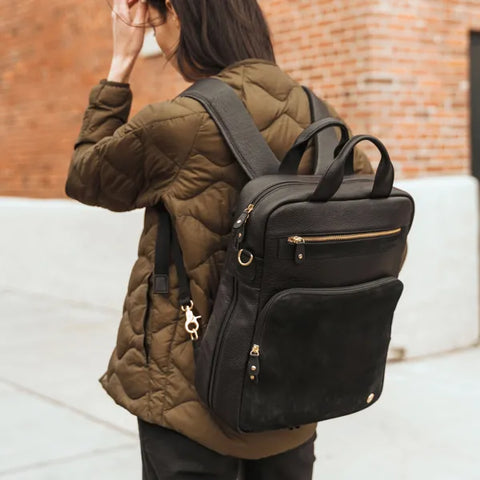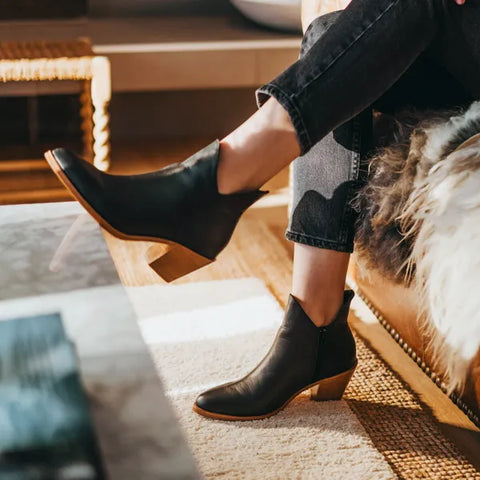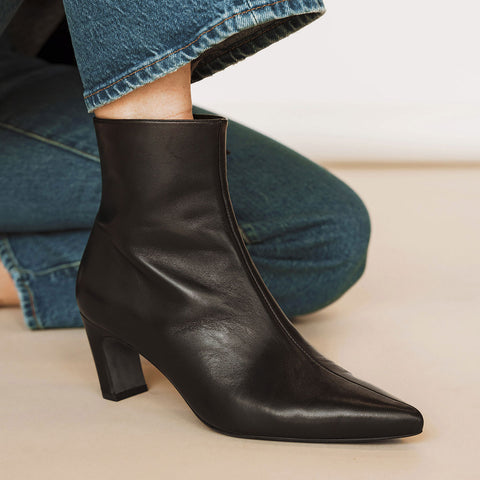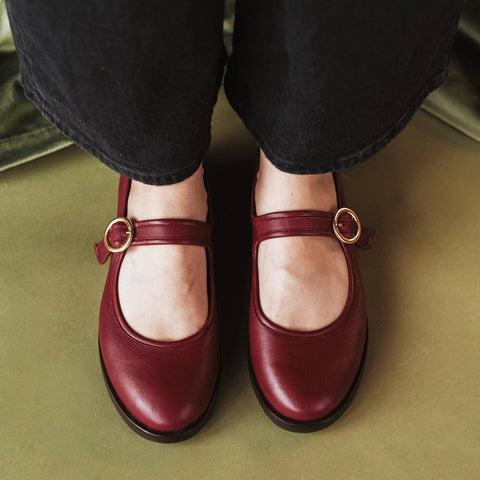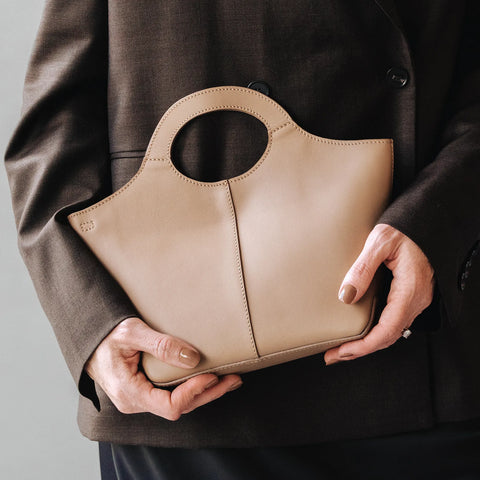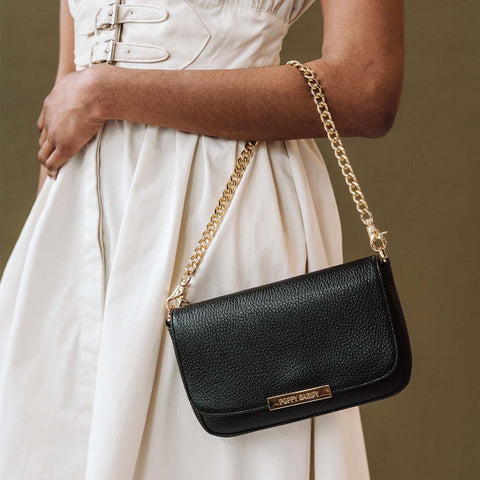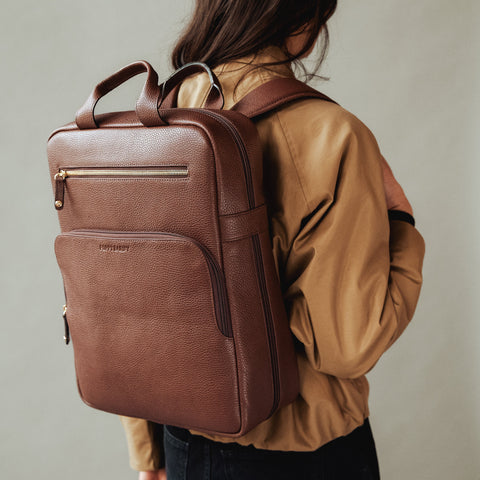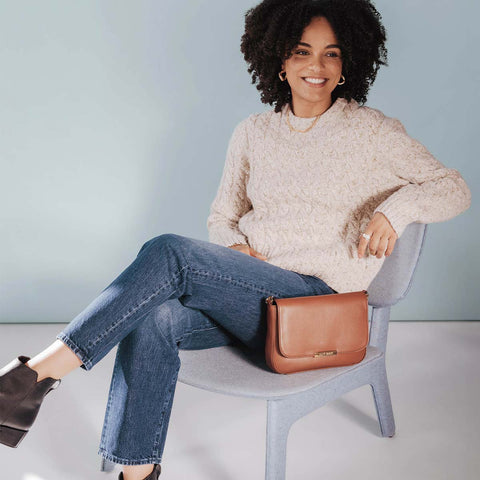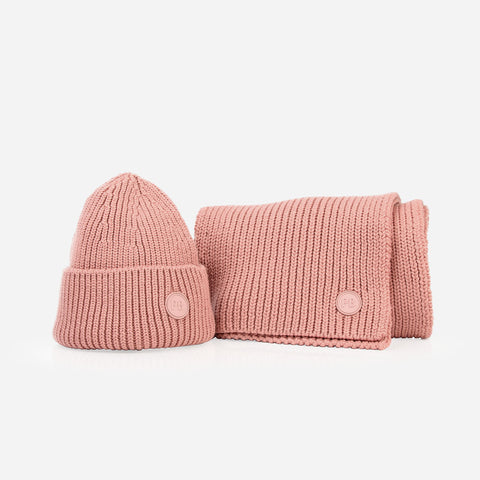After a week in the air, travelling from Edmonton to Vancouver, Toronto and Ottawa, my mind is on the state of fashion in Canada. The headlines tell part of the story – the end of Toronto Fashion Week, the shrinking staff at fashion magazines, the rise (and fall?) of influencers, and challenges in the economy, including currency volatility. While huddled in coffee shops across the country with designers, fashion editors and buyers, a more optimistic view of the Canadian fashion industry emerged.There’s a general consensus that fashion in Canada is hard. It begs the question—ARE WE CRAZY TO TRY AND STAY? Or should we all head to New York or Paris, like many before us who choose careers in fashion? While I don’t know the answer, here’s my take on the Canadian fashion scene.

Me, this summer, during a product development trip to one of Poppy Barley's factories in León, Mexico.
Canadian geography creates a lot of challenges for brands and designers. Trips to New York (and even Toronto), remind me how isolating and small most cities across Canada are—you don’t bump into buyers at lunch or network with magazine editors over cocktails. We send a lot of emails. We make lots of calls. We’re always boarding planes. Travel budgets are big line items. The first part of our geography challenge is reaching customers. We’re on the cusp of a Canadian moment. Being from Canada is slowly starting to mean something again (recently, we were listed as the 2nd best country in the world). As our country’s profile rises, it creates an international stage for designers and brands. For brands, there are big advocates of Canadaian designers. Sophie Grégoire-Trudeau (with the help of friend and stylist Jessica Mulroney) is putting Canadian designers in the spotlight. More than one designer has asked me if we have a “Sophie Strategy”. (Our “Sophie Strategy” is rather unsophisticated, so if you’re reading this Sophie, please, please wear Poppy Barleys.) Stylists, writers and editors are excited to showcase homegrown talent. Top of mind are stylists like Erika Wark (The Social), Talia Brown, Kara Chomistek (PARK) and Natalie Sexton (The Marilyn Dennis Show). Editors and writers are equally excited to support brands. At Poppy Barley, we spend a lot of time nurturing relationships with these powerful storytellers. Typically, our products have to fit a story they’re working on. We also acknowledge the limitations due to advertising. As a small brand, we cannot afford to buy full-page ads in glossy magazines. And advertisers expect (and likely should have) a prominent place in magazines. There is little room left for small Canadian brands. I trust the writers and editors fight to put us in their pages because we elevate the content. In return, our job is to make working with us pleasurable, easy and fun. We need to be responsive and creative in our pitches. For the past five years, brands have relied heavily on “influencers” to get the word out about their products. I love the reach of digital influencers; they suddenly made Canadian customers feel closer. Today, influencers are being paid a lot (and brands are questioning the returns). Customers are smart – they know someone who’s always promoting a different brand is clearly being paid (or trying to be paid) by brands. The lack of authenticity and results for brands is re-opening a refreshing conversation about what influence is. I’m excited to see influencers re-think what it means to be an “influencer”. I’m rather inspired by Style Bee’s most recent post. At Poppy Barley, we’re re-thinking how we define influence to create a strategy to introduce the right people to our products. Our plan is to put our product on the coolest women we know. Full stop. You don’t even need an Instagram account, but you do need to be up to cool things in life. The next part of the geography challenge is reaching buyers. Brands everywhere are seeking new ways to align their runway shoes with retail drops, while completely disrupting the way brands produce, present and sell their collections. Runway shows need a makeover – not just in Canada, but across the globe. New York, London, Milan and Paris, are fumbling their way through this season as some designers show in season with a buy-now approach and others show next season. Editors and buyers aren’t quite sure what shows to attend. Here in Canada, the end of Toronto Fashion Week is forcing us to re-invent our fashion scene quickly. In my conversations, no one expressed disappointment, just excitement to create something that fuses fashion, art and commerce. Especially commerce. Fashion needs to be a business for designers to survive. In response, CAFA has partnered with Yorkdale Mall to present shows in a pop-up shop with designer clothes for sale. From its inception, PARK (based out of Calgary) has been marrying fashion with commerce. While these are encouraging steps, we still struggle to attract top buyers to look north to Canada. More brands, like Poppy Barley, are starting with a digitally-native approach to selling. When brands create their own channels—website, retail stores, pop-up shops – they rely less on buyers. Still, designers and brands need buyers; this is a big gap that needs addressing. Being miles apart—from each other, our customers, capital and manufacturing – offers other real challenges with operations. There are challenges with providing great customer service to customers who live thousands of kilometres away. Logistically, it’s expensive to operate in Canada; shipping across the country is expensive and needed to reach our spread-out population. From a manufacturing perspective, Canada has some incredible factories. For Poppy Barley, we made the decision to make our goods in Mexico. Initially, this was largely driven by not finding the scalable talent and craftsmanship in Canada. It’s not necessarily cheaper to make things in Mexico, but the people making the product have a much higher quality of life than if we manufactured in Canada. The ethical and environmental side of manufacturing is so imperfect. Nicole Bridger speaks candidly about how her products are made, so does Jennifer at VonBon. At Poppy Barley, we screen all our factories – and we visit them (even with a baby in tow!). Our factories elevate Poppy Barley; they’re innovative, committed and at the heart of what we do. The more time we spend in Mexico, the more we love the culture and people. We’re so lucky to have Daniel (originally from León, Mexico) here in Edmonton dishing up authentic Mexican food. For people working in fashion, it’s a struggle to stay in Canada—our population is too small and Canada holds little sway on the international fashion stage. Fashion photographer Tina Chang chose to move to the Middle East for her career and back again. When I read her story, I’m thankful for the Canadian climate of originality and collaboration, and envious of the opportunities missed by choosing to stay in Canada. Back to the question: ARE WE CRAZY TO TRY AND STAY? The answer is yes, and we’re going to do it any way. I want Poppy Barley to be a company that helps write the story of fashion in Canada. I’m a futurist and optimist, and I believe in Canadian fashion. If you do too, I welcome your input. E-mail me at kendall@poppybarley.com